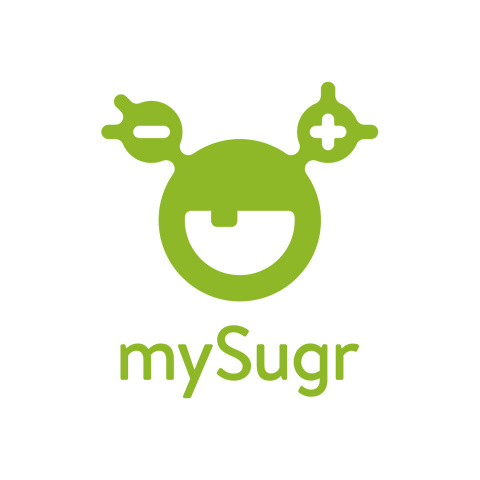Eating the right foods helps you stay healthy and manage your blood sugar. Reading food labels gives you a better understanding of what’s in your food — making it easier to make healthy choices.
If you’re not paying attention to food labels, you’re not getting all the details on your food. Such as the total carbs, sugar, calories, fat, salt, and more.
So, how do you read food labels? And what should you be looking for? Here are some important steps to help you make informed choices.
Look at the Ingredients
The best place to begin is to look at the ingredients on the food label. Look for heart-healthy ingredients — oats, whole-wheat flour, or soy. Healthy fats like peanut, olive, and canola oils, seeds, and nuts are all good for heart health, too.
It’s best to avoid foods that contain excessive amounts of saturated fats, sugars, salt, and partially hydrogenated or hydrogenated oils.
Check the Serving Size
Before reading the rest of the label, look at the serving size. The rest of the information — such as carbs, calories, sugars, fiber, and more — will be based on the serving size that’s listed. Eating more than a serving size means you’ll get more carbs, sugars, and calories than what’s listed. Looking at the serving size also helps you avoid getting more calories and carbs than you should.
Carbs and Context
If you’re working to manage your diabetes, you know that watching your carb intake is essential. That’s why food labels can be an excellent tool.
Look at the total carbohydrates, not just the sugar. Total carbohydrates will include sugar, fiber, and complex carbs. Focusing just on sugar content could keep you from eating nutritious foods that have natural sugar, like milk or fruit. Other foods may look low in added sugar but still have a lot of refined carbs.
And don’t forget about sugar alcohols. These sugar substitutes typically have fewer calories per gram than starches and sugars.
Examples of sugar alcohols include mannitol, sorbitol, and xylitol. Foods with sugar alcohols will have them listed under total carbs. Just remember, even if foods contain sugar alcohols, it doesn’t mean they’re lower in calories or carbs. Look at the total grams of carbs and calories listed on the food label, too.
Don’t Forget Sodium
Sodium, or salt, doesn’t affect blood sugar. But, eating too much salt increases your risk of heart disease and high blood pressure. Some foods don’t taste salty, but contain hidden salts. Reading labels makes it easier to find hidden sources of sodium.
Sources
https://www.mayoclinic.org/diseases-conditions/diabetes/in-depth/food-labels/art-20047648
https://www.diabetes.org/healthy-living/recipes-nutrition/reading-food-labels
https://www.urmc.rochester.edu/encyclopedia/content.aspx?contenttypeid=134&contentid=255
https://www.cdc.gov/diabetes/managing/eat-well/food-labels.html
The mySugr website does not provide medical or legal advice. mySugr blog articles are not scientific articles, but intended for informational purposes only.
Medical or nutritional information on the mySugr website is not intended to replace professional medical advice, diagnosis or treatment. Always consult a physician or health care provider with any questions you may have regarding a medical condition.





